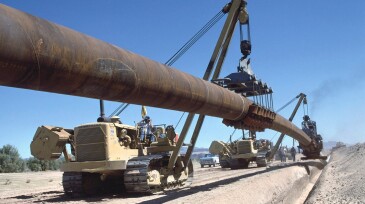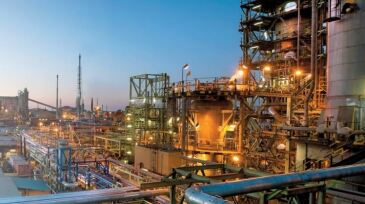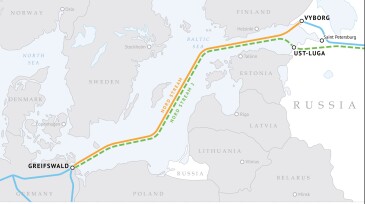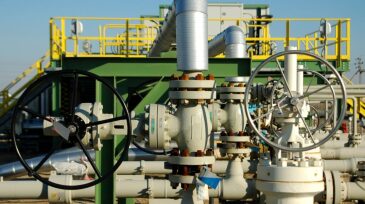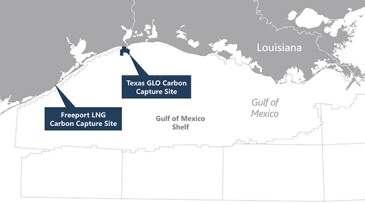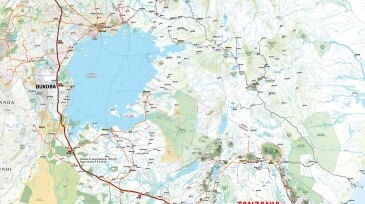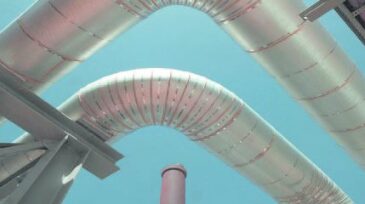Pipelines/flowlines/risers
The Gorgon Phase 3 project aims to counter declining reservoir pressure to sustain gas supplies to Western Australia’s domestic market and support LNG exports to Asia.
The contract will cover the design and manufacturing of tree systems, flexible flowlines, a manifold, and controls, as well as installation of the subsea production system.
Sponsored
Advance your career with the new Pipeline Engineering Program at the Technical University of Leoben, a 5-month course combining on-campus and online learning, integrating industry expertise, engineering practice, and future-ready skills for professionals in oil, gas, and emerging energy systems.
-
The paper presents details of technical and commercial challenges associated with the feasibility of a long-distance deepwater Middle East to India deepwater pipeline.
-
Companies want to build pipelines to capture and store carbon, but a new report warns that regulators aren’t prepared.
-
South Africa’s Sasol has nixed plans to invest in the proposed African Renaissance Pipeline, opting instead to import LNG by tanker from Mozambique where TotalEnergies, Eni, and ExxonMobil are developing projects.
-
The Canadian Government has stopped funding the Trans Mountain Pipeline, whose future will depend on private investors.
-
The pipeline project was completed in September but whether it will flow is now as uncertain as ever as both Germany and the US seek to shut the project down.
-
Oil production is reaching new levels in the Permian Basin and it has created some uncertainty about where all the associated gas will go.
-
The new project will use EnLink’s existing pipeline infrastructure and Talos’ newly acquired 26,000-acre sequestration area.
-
Two cruises were completed for DenAr Ocean Engineering for the TPAO Sakarya gasfield pipeline route investigation and site survey project.
-
The Lake Albert project includes the development of oil fields, processing facilities, and an electrically heated pipeline network.
-
The facility will be a commercial-scale CO2 sequestration hub in the DJ Basin.





